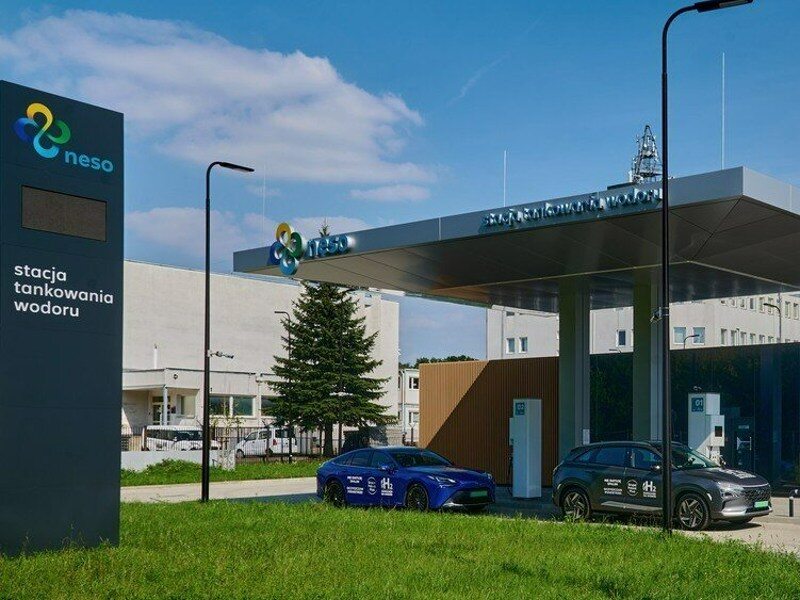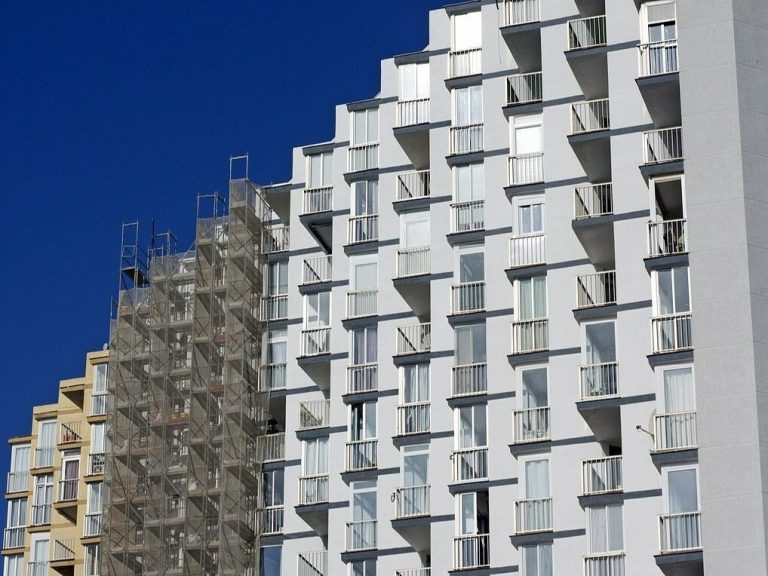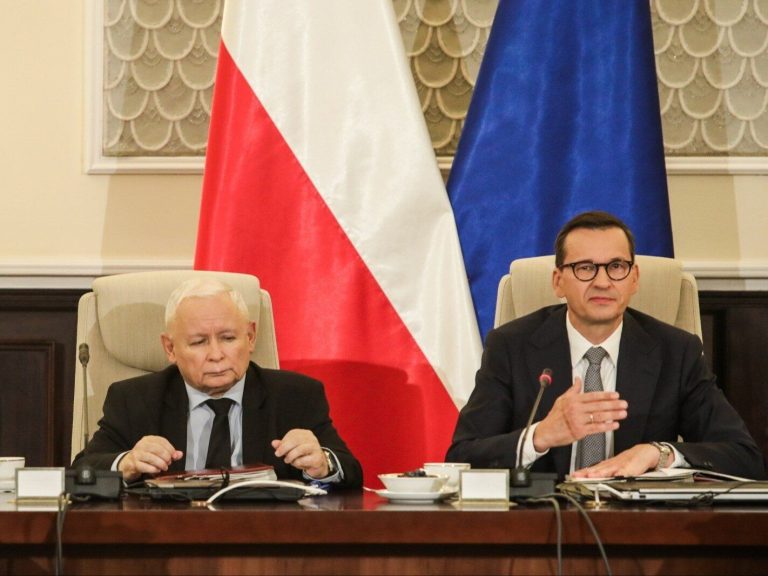In Warsaw you can refuel your hydrogen car. A public station was opened in Ursynów

Toyota and Hyundai have been offering hydrogen-powered passenger cars for several years, but in Poland there was a problem with refueling them. Now this will change, because on September 11, the first publicly available hydrogen refueling station was opened in Warsaw’s Ursynów district.
The hydrogen refueling station in Warsaw is the first publicly available station of this type in Poland. It will be possible to refuel both cars and buses there. It was built by Polsat Plus Group and ZE PAK Group. The network of hydrogen refueling stations will be built under the NESO brand. The name comes from the first letters of “I do not emit exhaust gases, I clean it”.
Instant refueling
According to the Polsat Plus Group, it is currently one of the most modern hydrogen refueling stations in Europe. The station is fully self-service, the dispenser with a pressure of 700 bar is intended for refueling passenger cars, and the one with a pressure of 350 bar – for buses. Refueling is exactly the same as at a traditional station – you remove the gun from the dispenser, put it in the car, press the button and start refueling. It takes just a few minutes to fully refuel a passenger car, and less than fifteen minutes for a bus. Let us remind you that hydrogen cars currently available on the market (including Toyota Mirai and Hyndai Nexo) can travel up to over 600 km on one refueling.
The newly opened hydrogen refueling station is largely energy self-sufficient. Solar panels installed at the station with a capacity of 19 kW provide electricity to the station, and energy storage facilities with a capacity of 60 kWh can store its surplus.
“Hydrogen cars are equipped with an electric engine just like battery electric cars. However, they do not need large batteries because they have their own small power plant. Not only do they not emit exhaust fumes, but they also clean the air. – informs Maciej Stec, Vice-President for Strategic Affairs of the Polsat Plus Group and Member of the Supervisory Board of the ZE PAK Group.
Hydrogen-powered vehicles do not emit exhaust gases
Electricity in a hydrogen car is generated on an ongoing basis from refueled hydrogen using a fuel cell. Hydrogen vehicles have their own “mini-power plant”. Physically, hydrogen from the tank combines with oxygen taken from the air and energy is generated to power the electric motor. The intake air must be fully purified by special filters so that the fuel cell receives pure oxygen. There is no combustion process. As a result of combining hydrogen with oxygen in a fuel cell, a car or bus emits distilled water vapor from the exhaust pipe.
A drop in the ocean of needs
There are over 250 hydrogen refueling stations in Europe. The largest number is in Germany (over 100), there are 44 in France, 17 each in Great Britain and the Netherlands, and 14 in Switzerland. The construction of 30 hydrogen stations is planned in Poland. Most of them are to be built by mid-2024. The publicly accessible hydrogen refueling station, opened on September 11, is located in Warsaw’s Ursynów district at 4 Tango Street. The station will be available to all users of hydrogen-powered cars.






